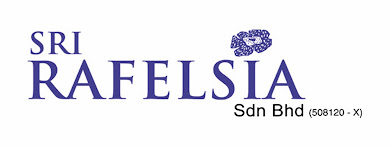Note making is an essential skill for students of all ages, but particularly in secondary school where they are expected to process and retain large amounts of information. Teachers play a crucial role in helping students develop note making skills, as they enable students to become more organized, focused, and effective learners. In this article, we will explore the content, justification, and examples of teaching note making skills to secondary aged students.
Content
The first step in teaching note making is to introduce students to the different types of notes, including summary notes, cue notes, and graphic organizers. Teachers should emphasize the importance of writing down key information and ideas to help students retain information more effectively. In addition, students should also learn the importance of summarizing and condensing information and how to use abbreviations and symbols to save time and space.
Justification
Cue Notes
Graphic Organizers
Teaching note making skills to secondary aged students is a crucial aspect of their education, as it helps them become more effective learners and retain information more effectively. By introducing different types of notes, emphasizing the importance of writing down key information, and providing examples for students to practice, teachers can help students develop note making skills that will serve them well throughout their education and beyond. It also provides a foundation for critical thinking skills to be trained and refined. Information becomes easy to understand, evaluate and analyze. Students will benefit from these foundational skills when studying at an advanced level too.
Justification
Note making is a valuable skill for students, as it helps them retain information more effectively, become more organized, and focus on the most important aspects of a lesson. When students take notes, they are actively engaging with the material and processing it in a way that helps them retain information. Additionally, having organized notes can help students better prepare for tests and exams, and also makes it easier to review information at a later date.
Examples
Examples
Summary Notes
Teachers can provide students with a paragraph or two of information and have them summarize it into bullet points or a brief summary.
Cue Notes
Teachers can have students create cue notes by identifying key words or phrases and writing them down on a separate piece of paper. Cue notes can also be converted into flow charts to show relationships and consequences. They can also be presented graphically for easy comparisons and overviews.
Graphic Organizers
Teachers can have students use graphic organizers to visually represent information, such as a Venn diagram to compare and contrast two concepts.
Mind maps are a popular and useful graphic organizer tool when used well. A simple way to begin teaching the use of mind maps is to use the " Who, What, Why, When, Where and How" questions. From there more complex mind maps can be developed.
Tables
I like using simple 2 or three column tables especially when teaching language based subjects. Headers such as " Theory", "Implementation" " Benefits" or " Drawbacks" can be used to easily document thoughts and ideas.
Teaching note making skills to secondary aged students is a crucial aspect of their education, as it helps them become more effective learners and retain information more effectively. By introducing different types of notes, emphasizing the importance of writing down key information, and providing examples for students to practice, teachers can help students develop note making skills that will serve them well throughout their education and beyond. It also provides a foundation for critical thinking skills to be trained and refined. Information becomes easy to understand, evaluate and analyze. Students will benefit from these foundational skills when studying at an advanced level too.





0 Comments